Imagining a Post-Pandemic Wardrobe, and the Fate of Our Sweatpants
The Director of the Texas Fashion Collection on the Future of Dressing for Ourselves
BY Caitlin Clark // 10.30.20
A scene from the DMA's 2019 exhibit, "Dior: From Paris to the World," which featured 150 couture dresses, including those worn by Nicole Kidman, Natalie Portman, Elizabeth Taylor, and Zoe Kravitz.
Students of fashion history know that some of the most memorable, innovative designs emerge out of the darkest eras. Take Christian Dior’s iconic “New Look,” a cinched waist silhouette that surged in popularity after World War II. The designer debuted that collection (his first) the same year he was honored with the Neiman Marcus Award.
In researching that honor, however, Annette Becker, the director of the Texas Fashion Collection, discovered a letter in SMU’s Degolyer Library saved by Marcus. “The writer was basically saying, ‘Women are so liberated now, and interested in dressing for themselves. Now you want us to cover our knees and be uncomfortable? How dare you?’” Becker says.
It’s hard not to think about our current pandemic moment, when The New York Times is declaring “Sweatpants Forever” and pajamas are selling at a rapid pace. Of course, many are itching to dress up once again. A new “New Look” could be just around the corner. But plenty of shoppers — particularly women — are likely enjoying their lululemon life.
For some insight into what the future of fashion might hold (in Texas and beyond), we turned to Becker.
On post-pandemic wardrobes.
We love thinking about how Dior changed everything in 1947 with the New Look, but not everyone was on board with that. Once we are not at home quite so much, I could imagine people kind of falling into those two very desperate categories: I haven’t had to wear a waistband in nine months, so I’m definitely not starting to again now. Or I’m so tired of wearing nothing but sweat pants, I’m going to put on every ounce of makeup I possibly can and make myself feel glamorous as an escape from what we’ve just gone through. But it will be hard to tell until we get into that next phase.
The history of at-home fashion.
When the stay-at-home orders first began, I shifted all the Texas Fashion Collection social media to only include clothing designed for the home. There were pajamas, and moo moos, and house robes, but I also thought a lot about hostess ensembles, particularly those worn during Prohibition. A lot of people began drinking at home, so at-home entertaining really took off. Women weren’t wearing their eveningwear, but they weren’t wearing houses dresses. There was this entirely new set of fashion rules for hostess clothing that included women wearing pants in a slightly more public way.
Dressing for a new kind of occasion.
The most hopeful parts of me imagines that, as we’re limiting our social circles, maybe we’ll come up with new and creative ways of clothing ourselves, because we’re not going out to a restaurant which might have a certain dress code, and we’re not staying at home just in our sweat pants watching Netflix. Maybe we have our three closest friends come over and hang out in our backyard. What does it mean to maybe dress up a little bit for that?
If I’m creating some sort of bar or nightclub environment in my backyard, what am I going to wear that makes sense with that? So it’s like we’re bending fashion rules to fit this new context, which is kind of what people have always done.
On how the pandemic will effect the fashion industry.
I’m really excited about how fashion designers are rethinking, how they launch their collections. For example, Fashion Week can’t exist right now in the way that it has historically. Which I think has given a lot of smaller brands that might not be able to afford to go to Paris Fashion Week, a way to promote themselves. Like Henrik Vibskov, one of my favorite designers, really likes positioning fashion as sort of performance art. He was able to do an outdoor immersive environment rather than being limited to a runway. It really allowed him to push his artistic perspectives a lot further.
I think that’s kind of exciting, because honestly, runway shows to me right now just feel like an extension of marketing rather than really showing what most people are going to purchase from a brand. So maybe brands could even get away from the tradition, be a little more playful, and maybe even more accessible to people. I think that’s only positive.





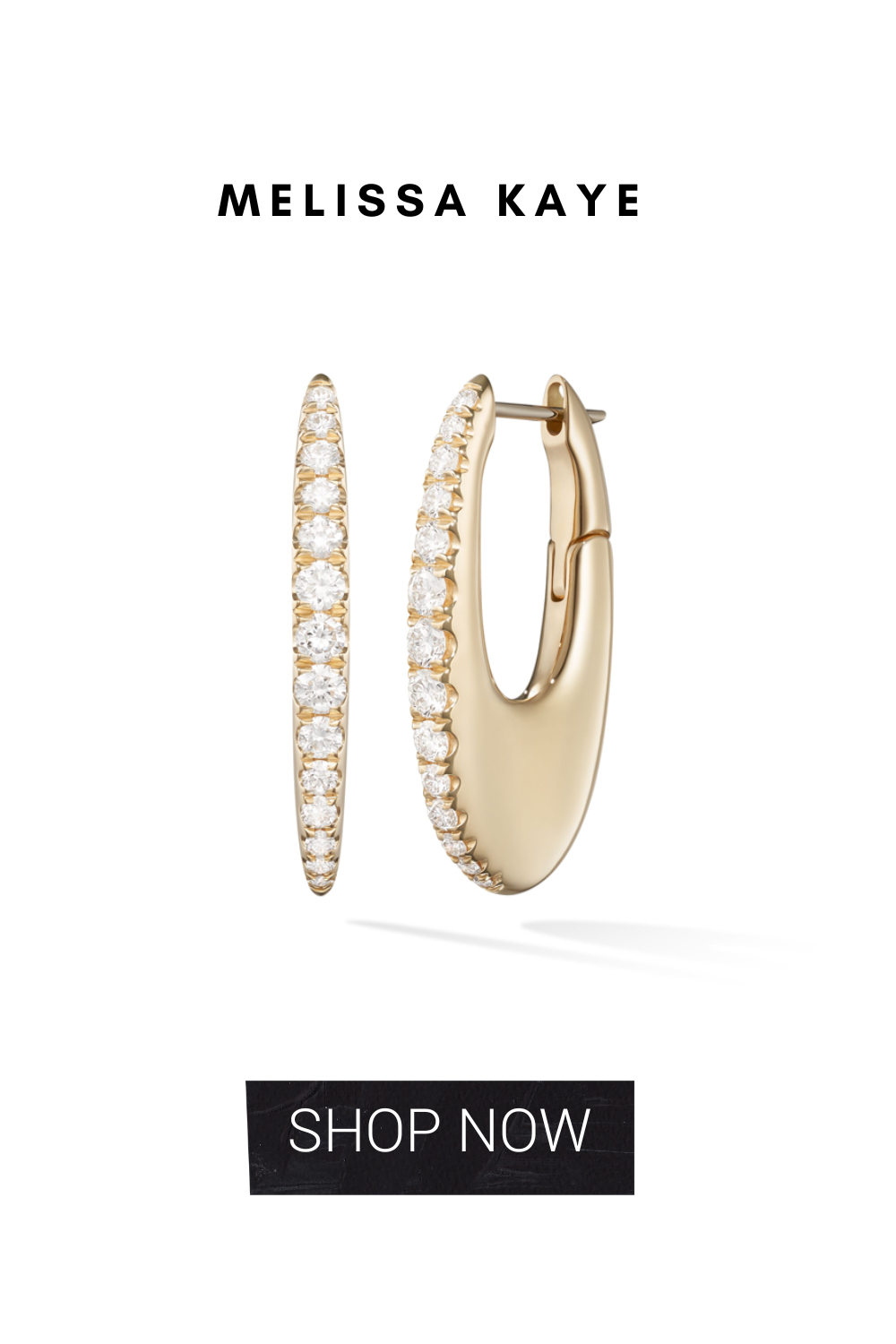
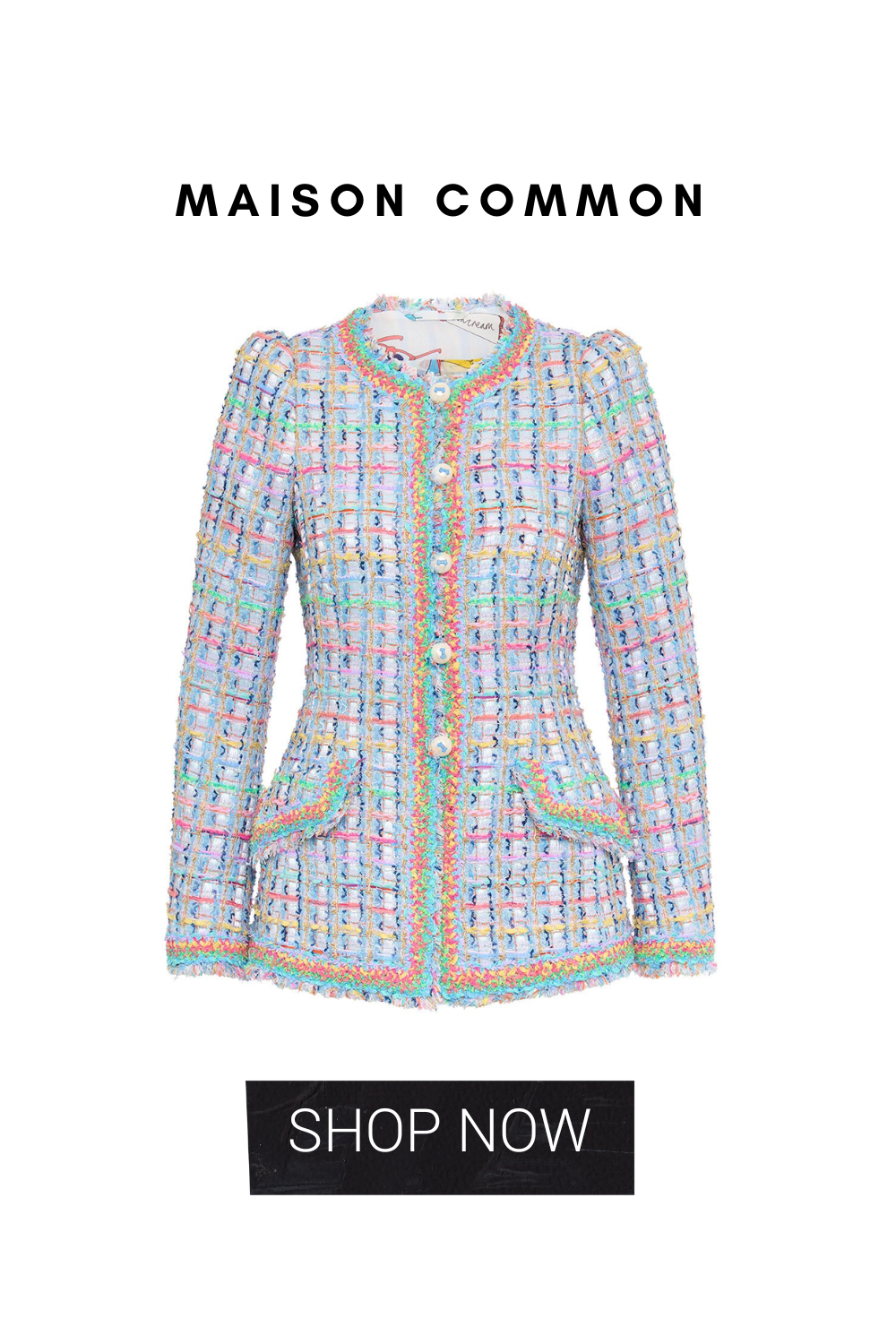

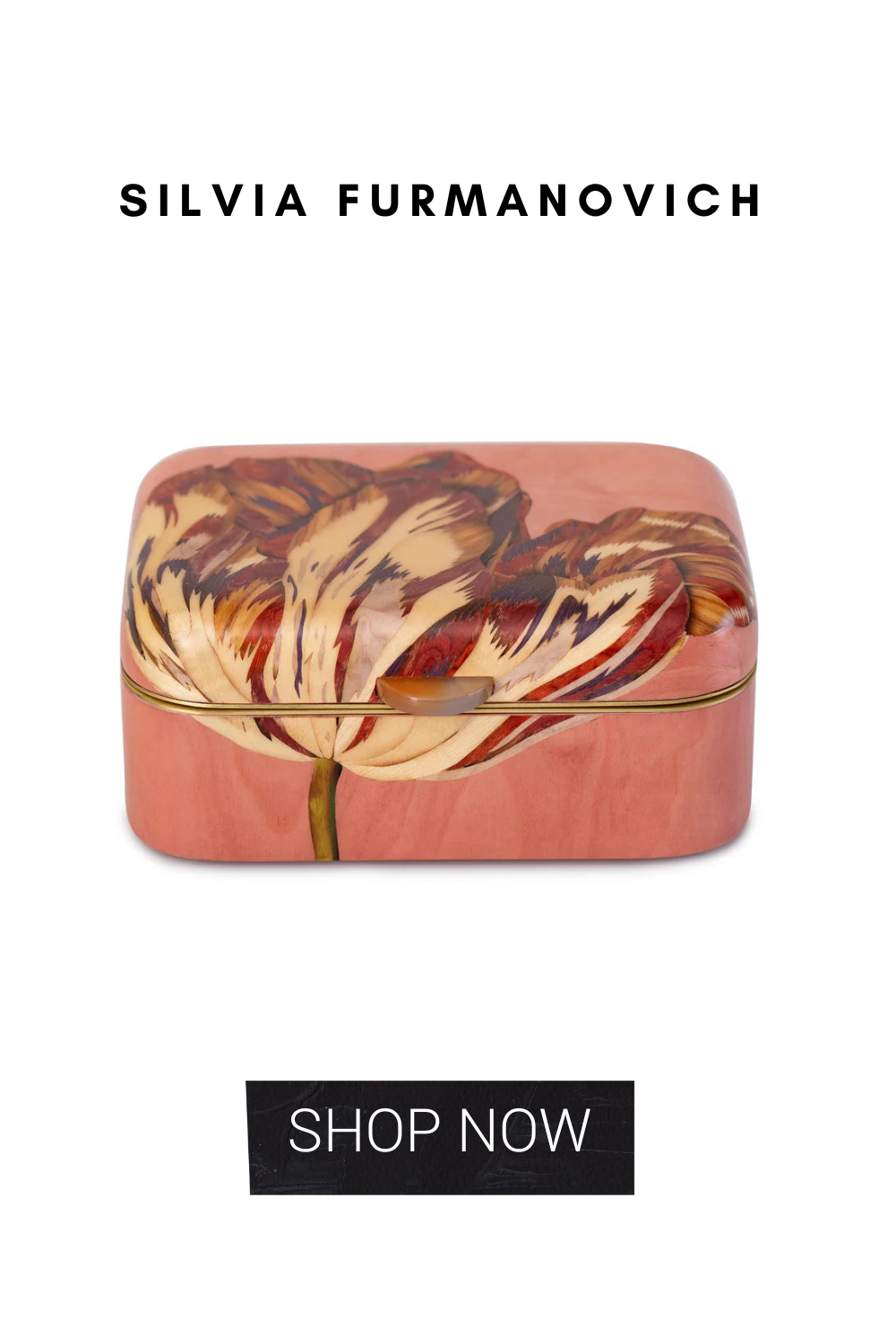









_md.jpg)

_md.jpg)
_md.jpg)

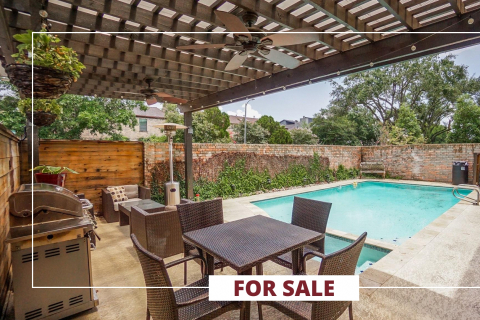














_md.jpg)







_md.jpg)
_md.jpg)

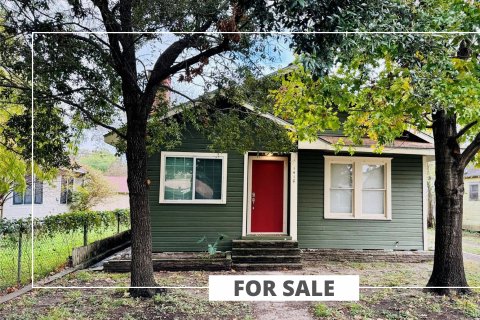








_md.jpg)






